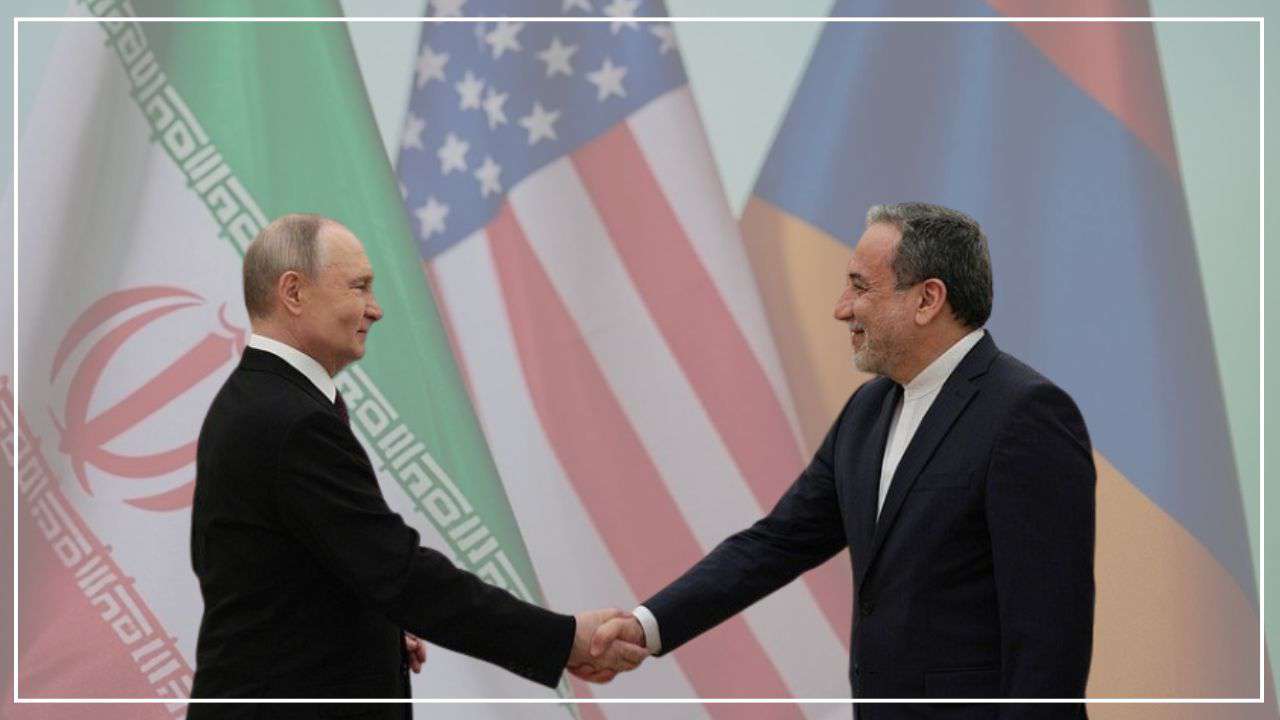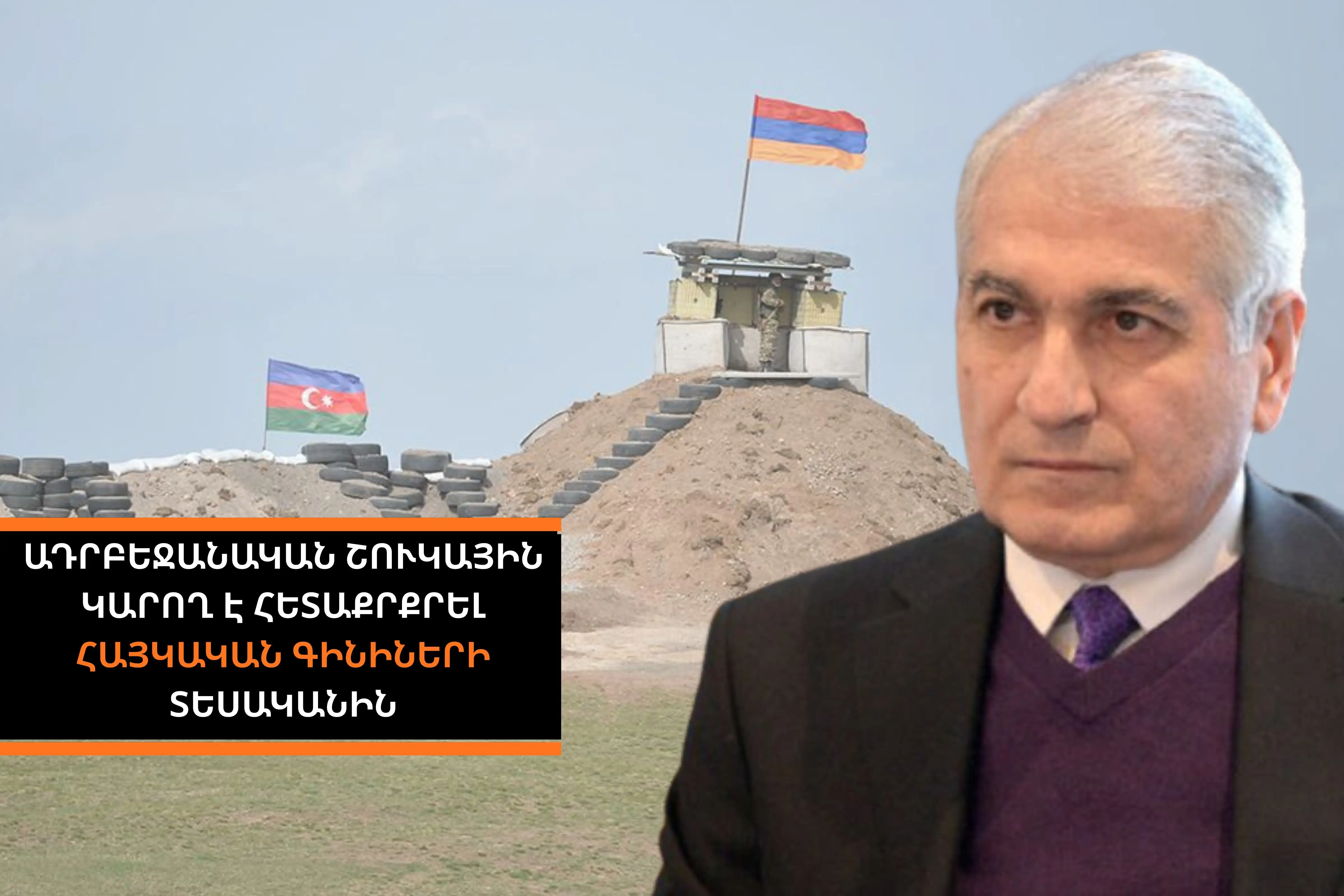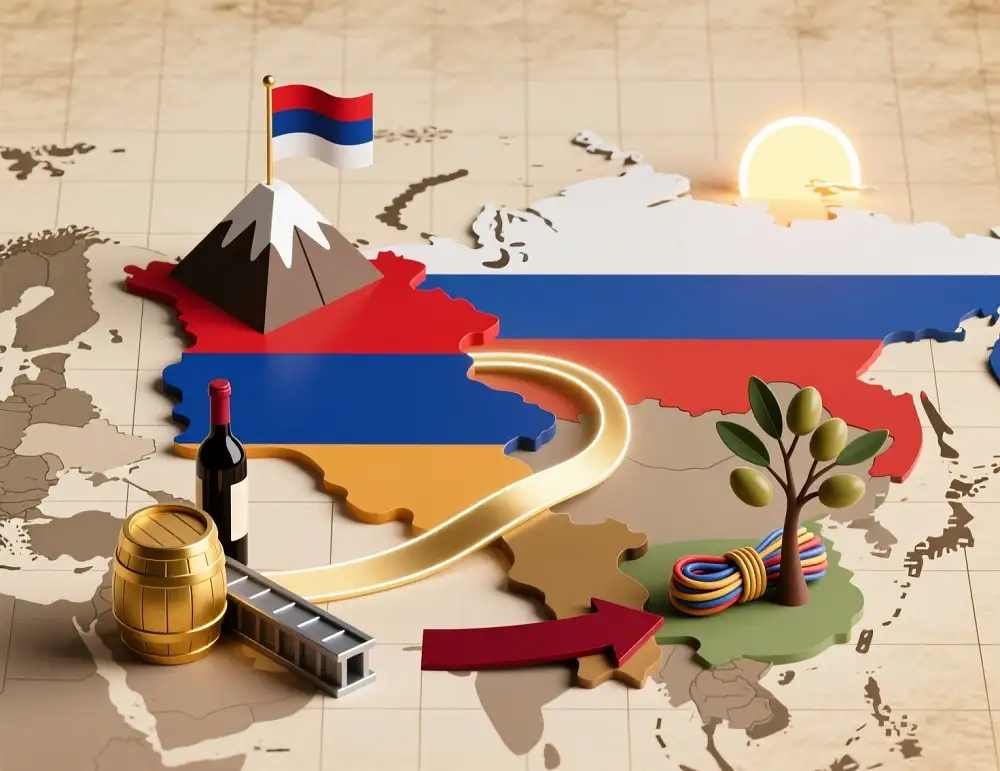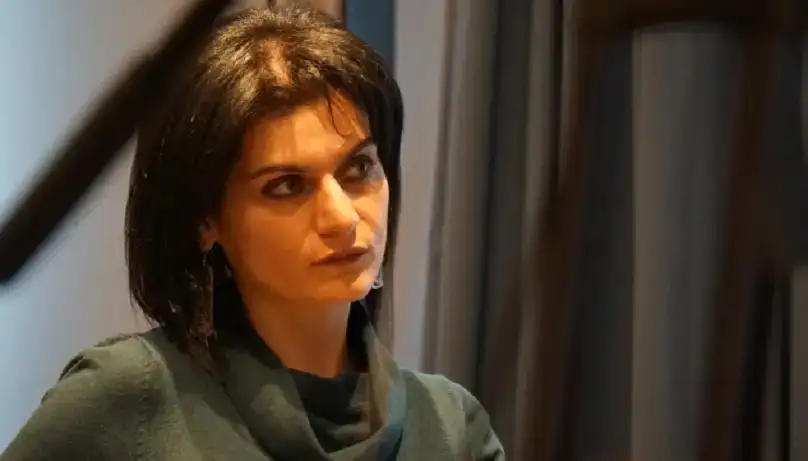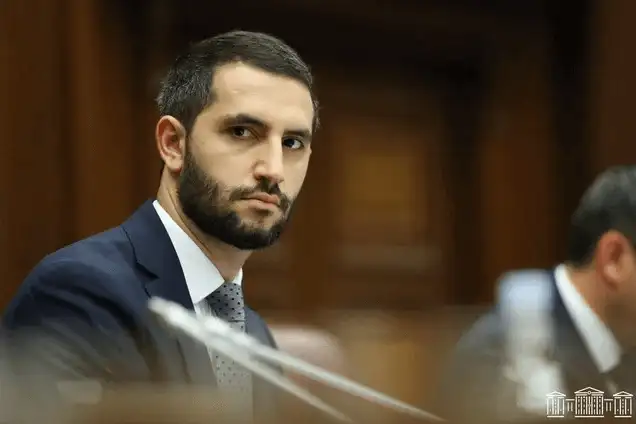The nuclear shuttle talks between the US and Iran began in Oman, and the prospects of which both sides have expressed cautious optimism will continue in Rome. Of course, it is still too early to talk about finally transferring the conflict to diplomatic tracks. However, the very fact that the negotiations are continuing significantly weakens the explosive tension created around the Iranian nuclear program, especially against the background of the parties' harsh and militaristic statements and actions toward each other.
Iran actually managed to start the negotiations through mediation, which also testified to Washington's desire to avoid war. This became evident after Israeli Prime Minister Benjamin Netanyahu's unsuccessful visit to Washington.
The Agenda for the Negotiations
Judging by the statements of the US President's special envoy Stephen Whittock after the first round of negotiations in Oman, the US is no longer demanding complete nuclear disarmament from Iran, demanding, in essence, to reduce the level of uranium enrichment to 3.67% and agree to the establishment of a stricter control regime over nuclear facilities. In essence, this means a return to the logic of the 2015 "nuclear deal," which Donald Trump failed during his first term by withdrawing from that agreement.
Based on the previous experience of the Trump administration in conducting negotiations with a transactional logic, it should be assumed that Washington also expects certain economic dividends from Iran, which may be negotiable for Tehran in the event of the lifting or, at least, a significant weakening of the sanctions imposed on Iran. Most likely, the general negotiating package will also include issues of security guarantees for Israel, as well as Iran's alienation from proxy groups under its influence in the Middle East, such as Hezbollah and the Houthis in Yemen.
Fear of Russian conspiracy
In parallel with the negotiations, Iran continues its diplomatic efforts to strengthen its support. Iranian Foreign Minister Abbas Araghchi traveled to Moscow this week, where he met with Russian President Vladimir Putin and conveyed a message from his country's supreme spiritual leader, Ali Khamenei. Although the latter's content has not been made public, Araghchi hinted that it refers to "the events taking place in the region, as well as bilateral relations." It is not excluded that by sending a message to Moscow at the highest level, official Tehran not only informed Moscow about the details of the ongoing negotiations with the United States that are of interest to Moscow but also presented certain expectations. A few days ago, the Russian Foreign Ministry hoped the Iranian parliament would ratify the Iran-Russia Comprehensive Strategic Partnership Agreement signed in Moscow earlier this year.
The fact that Iran has not yet ratified this vital document may indicate dissatisfaction with Tehran's behavior. It was noticeable that Moscow was showing a pronounced indifference to the military-political pressures unleashed by Washington against Iran, the process of accumulating a vast military contingent and equipment near the southeastern coast of Iran, which contradicts the declared "strategic" nature of the relationship. Tehran is probably trying to clarify the strength of Russia's promises during this crucial period and gain confidence that Moscow will not "abandon" it at the most critical moment for the sake of rapprochement with the United States. It is not excluded that Araghchi's visit to Moscow is aimed at clarifying these circumstances.
At the same time, it became known that Iranian President Masoud Pezeshkian will visit Baku in the coming week. Moreover, his delegation will consist of about 120 people, including businessmen, indicating that Tehran attaches particular importance to this visit.
Iran is trying to normalize relations with Azerbaijan, strengthen them with economic projects, and obtain guarantees of Azerbaijan's neutrality in the anti-Iranian military-political "campaign. In this sense, the South Caucasus is taking on a unique hue in the context of the US-Iran process.
Meghri in the Iran-US axis
Despite recent developments around Iran, a military-political event occurred in the region last week. Joint Iranian-Armenian military exercises were held in Meghri without Washington's open displeasure.
If the military exercises in Meghri were Iran's response to Azerbaijan's demands for a "Zangezur corridor," Baku's attempts to increase border tensions, and a direct indication of Armenia's readiness to take practical steps to ensure its security, then holding the exercises without public American criticism was a message from Washington that the United States recognizes the legitimacy of Yerevan's limited partnership with Tehran. It was no less a political signal than the exercises' conduct.
But what happened also had a hidden, significant subtext. The US thus showed that it does not want to disrupt the possible channels of dialogue with Iran and that Armenia, having stable and good relations with both Washington and Tehran, can be a reliable communicator, at least within the framework of the South Caucasus agenda. In other words, if Armenia has a clear strategic vision, it can become one of the regional nodes in the US-Iran axis. In this sense, Armenia is not only a beneficiary of the normalization of Iran-US relations but also a platform. Implementing the "Crossroads of Peace" program can significantly affect the platform. Armenia must accept that it is no longer just a "border neighbor" but can become a balancing link between the West and Iran in the South Caucasus.
Gor Abrahamyan




